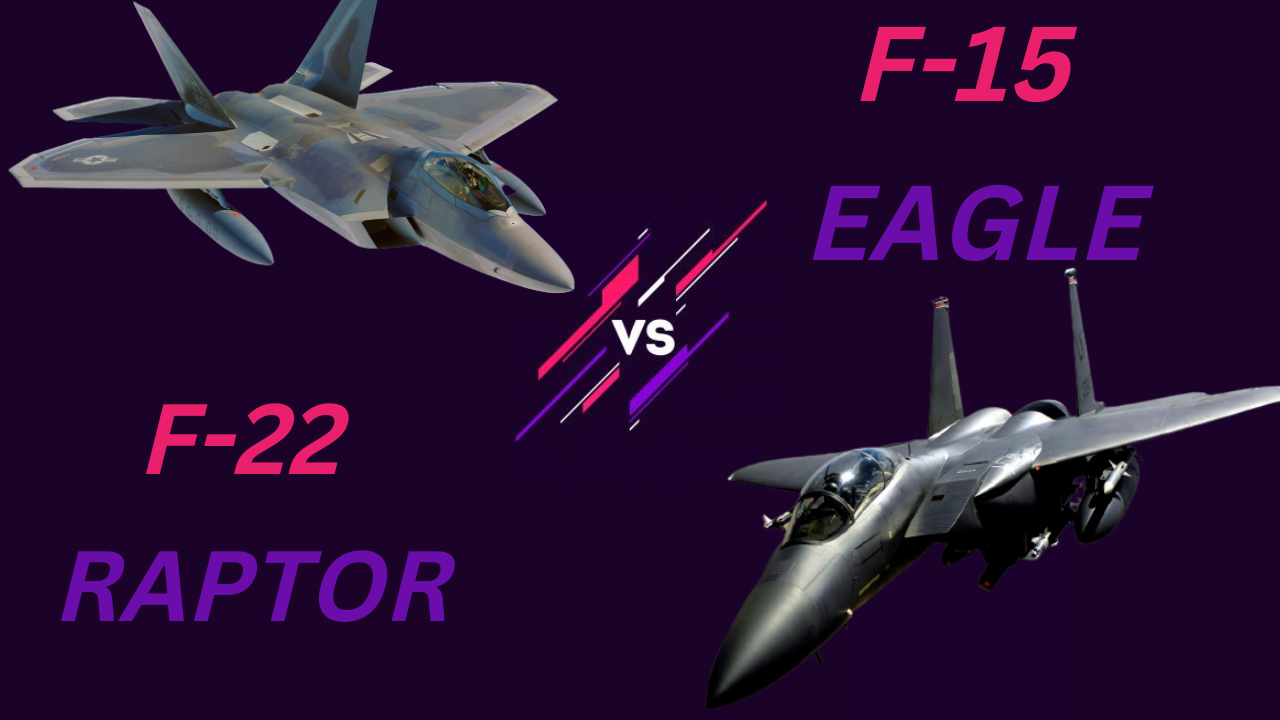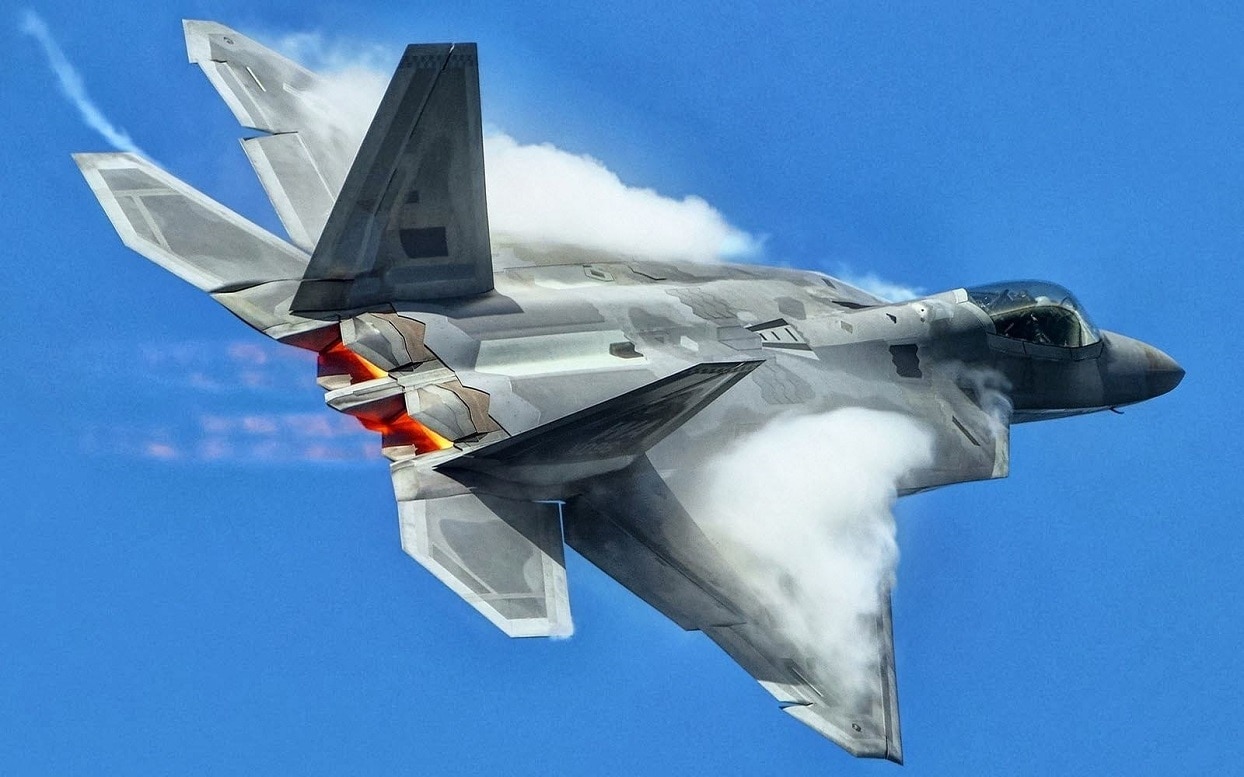Naval F-22 Variant - There was an opportunity to take the F-22 Raptor and turn it into an aircraft-ready fighter. what happened Why didn't the US Navy jump on this idea? The US Navy had a big idea a few years ago. Why not use the Air Force's research and development for the F-22 program and build on that know-how to secretly buy the F-22 "Sea Raptor" that can be launched from an aircraft carrier?
This idea had its merits. The Navy needed a fifth-generation fighter jet, and the F-14 Tomcat was aging. But the F-22 required a variable-wing design, and engineers found it expensive to build, and the new model could even affect the F-22's stealth.
Naval F-22 Variant

Navy defense planners and some members of Congress looked at the F-22 in the early 1990s and were excited by the exciting possibilities. It was an aircraft with stealth features from the start. It won and dominated the competition with the YF-23. Why not buy an aircraft carrier option that can take off and land?
F 22n Naval Variant
But putting the F-22 on an aircraft carrier was easier said than done. The F-22's fuselage needed to be stronger to launch from a catapult, and its wings needed to slow the aircraft down to a stall on landing. These changes would have affected the F-22's ability to evade radar. Keeping the swept wings on the Tomcat was expensive, so the Navy thought about the price tag attached to the acquisition program.
Instead of the F-22, years later, the Navy secretly acquired the F-35C Lighting II, which was supposed to be carried with folded wings. This summer, the F-35C first deployed to the Carl Vinson Carrier Strike Group. The F-35C has very advanced sensors that can "control" air battles. It can also conduct reconnaissance, surveillance and reconnaissance and communicate this information to all combatants. The F-35C can fly at MACH 1.6 and has a range of 1,200 nautical miles.
But the US military didn't give the F-35 to Lockheed Martin until 2001, and the aircraft carrier version didn't enter service until that year. Perhaps the Navy could achieve its stealth goals more quickly with the F-22 Sea Raptor. The first flight of the Raptor took place in 1997. It would take four years to prepare it for an aircraft carrier, and the Navy could be operational with the stealth fighter by 2001 instead of waiting for the F-35C to be ready in 20 years.
This is all speculation, of course. Arguably, during the global war on terror in the skies over Iraq and Afghanistan, the Navy has not often needed a stealth fighter as it prepares for potential conflicts and dogfights with threat nations like Russia and China. The F-35C is also designed specifically for aircraft carriers, unlike the F-22, which requires a complex upgrade that could be costly by reducing radar evasion capabilities.
China, Russia And Us In Fifth Gen Fighter Export War
F-14AB Tomcat Right view of an F-14AB Tomcat of Fighter Squadron 143 (VF-143), Pukin' Dogs flying over the desert.
All's well that ends well. The F-35C flies from carriers and the F-22 is in the Air Force and the branch received almost $11 billion to modernize the Raptor. It took years, but the Navy finally had its own stealth fighter jet.
Dr. Brent M. Eastwood, now editor of the New 1945 Journal of Defense and National Security, is the author of Men, Machines, and Information: Future Trends in War. He is a new threat specialist and former US Army infantry officer. The U.S. Air Force's venerable F-22 Raptor is widely regarded as the world's most capable air-to-air fighter, but it's recently been joined by a modified sister platform that's nearly identical. for the navy

The Lockheed Martin F-22 Raptor originated from the US Air Force's Advanced Tactical Fighter program, which aimed to produce an entirely new aircraft that could not only compete with advanced Soviet aircraft such as the Sukhoi Su-27 and Mikoyan MiG-29. did , but dominate them. Both the Su-27 and MiG-29 were developed alongside the American F-15 Eagle and F-16 Fighting Falcon, and while the Soviet Union was on its last legs in the late 1980s, the air force remained stable. left their need for a new generation of warriors.
South Korea Settles On F 35a For New Multirole Fighter
In the end, the F-22 Raptor won out over its (arguably more capable) Northrop YF-23, thanks in large part to the elegance of Lockheed's dramatic presentations and Northrop's then-troubled reputation. because of While the YF-23 had better range and stealth, the YF-22 and its operational successor, the F-22, offered greater capability and Lockheed Martin's reputation for delivering highly capable combat aircraft. Although the YF-22 ultimately won the decision, both aircraft would have become the world's first stealth fighters, ushering in a new generation of fighters. Had the YF-23 won, it would have been the Navy's defacto choice for the fighter option.
Although some still argue that the F-23 could have been a better fighter, the F-22 quickly distinguished itself from its operational competition due to its combination of low stealth, high speed, and aerobatic performance. Not only could the Raptor reach and maintain a speed of Mach 2.25, it also offered the ability to maintain "supercruise" or supersonic speed without using the Pratt & Whitney F119-PW-100 afterburners. extended turbofans. The power output from these engines was controlled by the aircraft's thrust vector control surfaces, which allowed the pilot to control the output of the engines regardless of the direction the aircraft was pointing. In other words, the F-22 pilot can keep his nose (and guns) pointed at you as he continues to move forward in the sky.
In fact, Congress was able to pressure the Navy to consider adopting a large-scale version of the new fighter under the Naval Advanced Tactical Fighter (NATF) program, which began in 1988. In return, the Navy viewed the NATF as potentially inferior. The US Air Force has agreed to evaluate a modified version of the carrier-based stealth bomber being developed by the Navy's Advanced Tactical Aircraft (ATA) program to replace its aging F-fighter. 111.
In theory, the contract would allow the Air Force to use the Navy's research and development efforts for its new bomber, while the Navy would use the Air Force for its new fighter. This approach to sharing development costs between the branches reaches its peak when the Navy, Air Force, and Marine Corps fighter programs combine to create the (incredibly expensive) F-35 joint. Strike Fighter program.
F 22 Raptor Vs F 35 Lightning Ii
As a prelude to things to come, the NATF program and related NATF-22 plans were soon found to be too expensive. By 1990, about seven years before the F-22 took to the skies for the first time, Admiral Richard Dunleavy, who was responsible for outlining the Navy's requirements for the new fighter jet, said he saw no chance for the F-22. 22 could be included in the low-cost naval aviation plan. As a result, the NATF-22 concept was abandoned in early 1991.
If the US Navy were to choose a payload variant of the F-22, several significant technical hurdles would have to be overcome. Air planes have to deal with very different takeoff and landing problems than their land counterparts. With a catapult attached to the tail hook at the rear of the aircraft, the fuselage must be physically stronger to withstand the incredible forces applied to it during takeoff and short-haul landings. The NATF-22 is also expected to use the same type of variable-wing approach found on the F-14 to give the aircraft the ability to fly.
This variable wing design presented a number of challenges that the engineers had to solve. In particular, the Navy has been dealing with the high cost of maintaining the wing sweep of the F-14 Tomcat. The new wing design does not alleviate the high operating costs associated with the Tomcat. As the Air Force proved, the Navy's decision was correct. Even the fixed-wing F-22 is still one of the most expensive fighter platforms.
In addition, the design of the convertible wing can compromise the stealth of the aircraft to some extent. The value of such a fighter would be greatly undermined if the moving surfaces of the wings had a high enough yield to ensure that the aircraft's weapons would fire on the radar. The F-22 may be fast and maneuverable, but the Navy's existing F-14 Tomcats are
Us Navy Plans To Recover Stealth Jet That Crashed Into South China Sea — Radio Free Asia
— and despite high maintenance costs, it's much cheaper than building a new stealth fighter for the Navy's fleet, even though it borrows heavily from the Air Force program.
In the end, it's easy to see why the US Navy chose not to pursue
Ruger 556 review, vg6 epsilon 556 review, msar stg 556 review, sinn 556 review, sinn 556 i review, meridian 556 review, eotech 556 review, precor efx 556 elliptical review, benchmade 556 review, surefire sfmb 556 review, precor efx 556 review, sinn 556 anniversary review
0 Comments